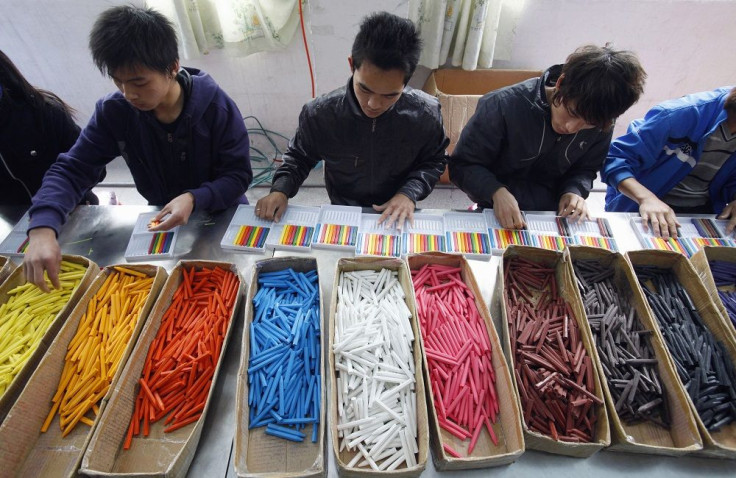The Science Of Colour: How Web Site Design Colour Themes Drive Sales

Colour can influence consumer purchases for as long as marketers can remember. And it also applies online, where most of consumer shopping is taking place today, according to a report on Internet Retailer.
The report cited Champion Performance, a sports seller based in Los Angeles, California, as a perfect example of how to use colour as a key design element on a Web Site in targeting a specific group of customers. Champion's brand manager, John Licari, shared the company's strategy with audiences at the IRCE Focus: Digital Design in March.
Licari said the company has had problems tapping the kids of its customers whose age range between 45 and 50. "They’re taking our products, but we haven’t been able to capture their children," he said.
To improve on its click-through rates among younger consumers, the company decided to use a single accent colour, red, throughout its Web Site — a strategy it found to be quite common among its competitors. Champion used black and white photography and bodybuilding videos as a background for its Web Site to provide contrast to its use of red and other design elements.
“Red speaks to core instincts that motivate athletes—passion, fire, heart, drive, determination, anger — think of an athlete who raises their performance because they are mad — and victory,” Licari said.
Licari also emphasised on "humanising" the graphics and changing "fonts, font sizes, images, calls to action and other basic design elements" to send the visitor towards the Buy button, for the Web Site overhaul.
In a report by marketing trends resource Web Site Clickz last year, SiteTuners.com CEO Tim Ash also noted that some colours are effective in bolstering conversion rates.
“Optimizing conversions on a web site requires a good understanding of the principles of persuasion, coupled with a keen awareness that a majority of human decision-making occurs at a subconscious level. Color is one of the tools that marketers can leverage to tap into the subconscious minds of visitors,” Ash said.
To improve conversion rates, Ash recommends using attention-grabbing colors that “stand out, are high contrast and are not used on other parts of the web site.” Ash said primary and secondary colors such as red, green, orange and yellow are marketers' best bet for call-to-actions, although they would have to use them sparingly on a Web Site.
Darker colours such as black, gray and purple, meanwhile, could lead to lower conversation rates, but can be used to highlight primary call-to-actions as in the case of Amazon. Amazon uses yellow and gray for its primary and secondary buttons, respectively.
According to Smashing Magazine, one's interpretation of colour vary per person. "There’s a lot to it. Something as simple as changing the exact hue or saturation of a color can evoke a completely different feeling. Cultural differences mean that something that’s happy and uplifting in one country can be depressing in another," the Web Site stated.
In its examples, it noted that purple often evokes a sense of wealth and luxury, although in Thailand, it is often associated with mourning. Sky blue, meanwhile, which is used in call-to-actions in the Web Sites of Ukrainian firm IT Craft and Dubai-based AAN Designers, respectively, give the impression that both are, and cater to the "young and hip."
The meaning of the colour blue, for instance, depends "on the shade and hue," Smashing Magazine explained. "Light blues are often relaxed and calming. Bright blues can be energizing and refreshing. Dark blues are excellent for corporate sites or designs where strength and reliability are important," the Web Site said.
To contact the writer, email: v.hernandez@ibtimes.com.au





















